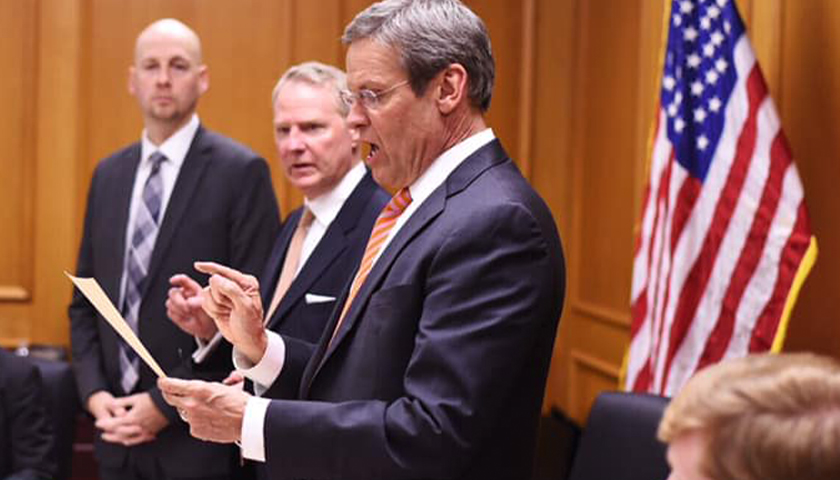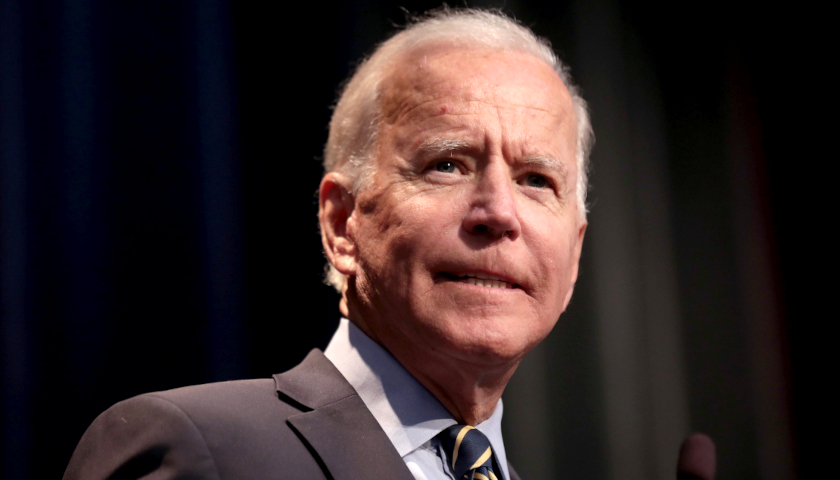by Jon Styf
Tennessee Gov. Bill Lee’s $52.6 billion budget proposal uses $8.9 billion more in general fund dollars than the state’s current budget, according to an analysis from The Sycamore Institute.
The additional spending comes from multiple sources. A large portion is from excess taxes and fees collected over the past three years and an influx of federal funds.
The Sycamore Institute pointed to $5.2 million more in funds available this fiscal year than what was budgeted in July, including a $2.3 billion surplus from fiscal year 2021 and $2.3 billion more in surplus from fiscal 2022.
Some of that money will be spent this year, but $4.3 billion is expected to roll over to fiscal year 2023, according to the report. Some of the other increases in available funds will come from unspent money from this fiscal year.
Of the proposed spending increase, $6.6 billion is nonrecurring spending and $2.3 billion is recurring spending, according to The Sycamore Institute’s analysis.
“State policymakers have budgeted more conservatively than usual since 2020 due to uncertainty about consumer spending during the COVID-19 pandemic,” Sycamore Institute Policy Director Mandy Pellegrin wrote. “To date, revenues have significantly exceeded their cautious estimates – leading to large surpluses and mid-year budget increases.”
Tennessee is well ahead of estimates with $1.5 billion more collected in taxes and fees this fiscal year than budgeted, with an estimate the total will reach $2.9 billion.
Lee’s $52.6 billion budget proposal for fiscal year 2023 includes $19.8 billion in federal funds. This fiscal year’s budget, including $22.7 billion in federal funds, pushed actual spending to $51.2 billion, according to a summary released by the Tennessee Department of Finance and Administration.
“The funding mix is 50% state dollars, 38% federal funding, and 12% from tuition and other sources,” Pellegrin’s report said. “Education (27%) and Health and Social Services (41%) account for nearly three-quarters of total expenditures.”
The analysis also noted Tennessee state agencies received $19.3 billion from recent federal supplemental funding packages, with $6.3 billion of that in flexible funds. The largest portion of the flexible funding will be the $2 billion spent on broadband and water-and-sewer infrastructure.
“Just under 42% of the total is going towards health and social service activities like additional federal support for TennCare, rental assistance, supplemental SNAP (i.e. food stamp) benefits, and public health activities,” the report stated. “Another 27% went to K-12 and higher education to respond to the needs and effects of the pandemic.”
– – –
Jon Styf is an award-winning editor and reporter who has worked in Illinois, Texas, Wisconsin, Florida and Michigan in local newsrooms over the past 20 years, working for Shaw Media, Hearst and several other companies. Styf contributes to The Center Square.
Photo “Bill Lee” by Bill Lee.








